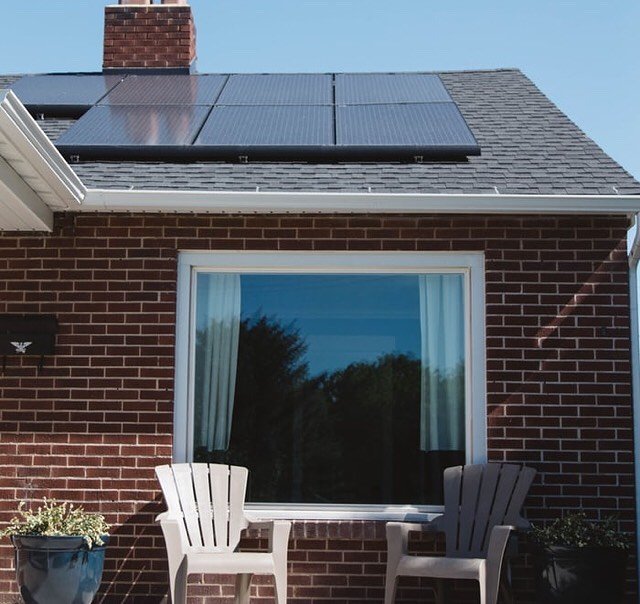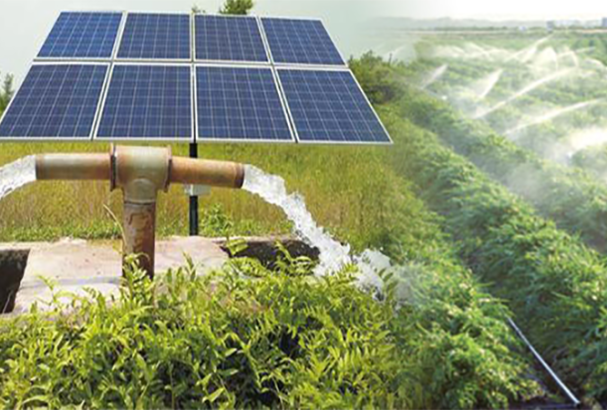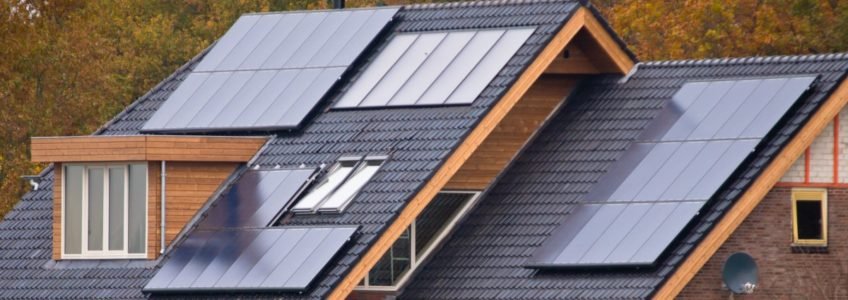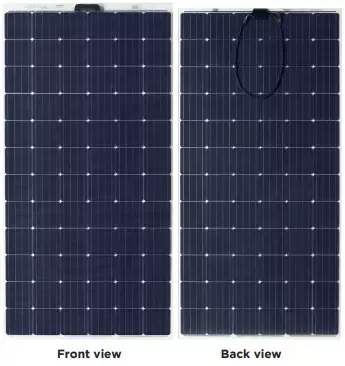
The influence of temperature on the efficiency of photovoltaic panels.
Many people have the wrong belief that the hotter it is, the more electricity the solar panels will produce. This is not so true, it is generally the opposite when the temperature increases above 25º the efficiency decreases.
The influence of temperature on the efficiency of photovoltaic panels
We often find the claim that photovoltaic energy is a good solution, but only in countries where the climate is warm and the sun shines almost all year round like Spain. But is there a problem with the temperature?
From a Kowalski potential point of view, this seems pretty obvious, because photovoltaic panels generate electricity under the influence of sunlight. The sunnier the days, the more electricity the photovoltaic modules can generate. And we associate solar energy with high air temperatures and, therefore, with the greater efficiency of our photovoltaic cells. The truth is slightly different.
Photovoltaic modules are made of silicon, a semiconductor material that changes its properties as the ambient temperature changes:
- Radiation absorption coefficient
- The mobility of loads and the amplitude of the energy gap
- The resistivity of the semiconductor itself and the concentration of charge carriers
These conditions have a direct effect on the efficiency of light absorption and therefore the amount of electricity produced, depending on the season and the outside temperature.
Read more: Solar panels type
Operation of photovoltaic solar panels and ambient temperature
Manufacturers of photovoltaic cells take into account many of the atmospheric factors on our planet that can have a direct impact on the operation of these systems. Therefore, photovoltaic solar panels standard work in the range of -40 ° C to + 85 ° C . Thanks to this, they work without problems both in the northern regions of our planet, and in hot and dry climates such as the Sahara. However, depending on the ambient temperature, its efficiency will vary greatly.
High outdoor temperatures have a direct impact on the temperature of the pvc panels themselves. Under the influence of strong sunlight and high ambient temperature, the semiconductor (silicon) heats up, causing a voltage drop across the modules and thus the amount of energy generated. Therefore, the higher the air temperature, the lower its efficiency.
And what is it like in winter or autumn? Well, in this case the situation is much better. At low temperatures its efficiency increases. On sunny winter or autumn days, the high absorption of light reaching the modules generates a large amount of electricity, and the low temperatures do not allow the modules to overheat. The result is greater efficiency at low ambient temperatures than on hot, sunny days.
Did you know that by 2030 electricity prices will double?
In summer, photovoltaic panels give more electricity because they have much more light available, but in autumn and winter, they take better advantage of this less amount of light due to the lower temperature.
The factor that favors their work both in spring-summer and autumn-winter is the wind, which also cools the silicon modules and affects their high efficiency.
Optimal and normal operating conditions for photovoltaic panels
The main parameter of photovoltaic panels is their nominal power expressed in Wp (Peak Watts). Nominal power is determined based on specific operating conditions, which are indicated by the NOCT parameter.
NOCT (Normal Cell Operating Temperature – the temperature of cells under normal operating conditions) is determined for specific conditions, i.e .:
- 800 W / m2 insolation
- ambient temperature of the illuminated panel – 20 ° C, where the photovoltaic cell itself heats up to approx. 45 ° C under the influence of sunlight
- wind speed 1 m / s
- Radiation spectrum for atmospheric density 1.5 AM – Atmospheric thickness factor for Europe
Power under NOCT conditions helps to understand how panels work at normal temperatures. However, it is worth remembering that the average annual insolation in Spain is 1800 W / m2, not 800.
Standard pv panels are tested under conditions:
- cell temperature 25 ° C
- insolation of 1000 W / m2
This value is called the STC (Standard test cell) indicator and determines the optimal working conditions of the photovoltaic panels and, therefore, their maximum power. After exceeding the temperature of a photovoltaic cell of 25 ° C (STC), the efficiency decreases and, at the NOCT temperature, its power can be 5% to 10% lower than the maximum.
Therefore, when selecting panels, it is very important to choose those with the lowest coefficient of temperature loss Pmax, which determines the resistance of a photovoltaic cell to temperature.
Another thing is that large temperature differences between day and night can physically damage a photovoltaic module. The resistance of the panels to temperature changes is tested in PVEL laboratories.
Thermal resistance of photovoltaic panels
The coefficient Pmax of temperature loss represents a decrease in the efficiency of the panels with an increase in temperature. It determines to what extent the efficiency of a photovoltaic cell will decrease with a temperature increase of 1 degree above 25 ° C (STC) and is expressed in% / ° C units. Therefore, when choosing photovoltaic panels, pay attention to their loss factor Pmax. Good photovoltaic cells have a Pmax of more than 0.42% / ° C.
Taking the value of the coefficient Pmax and the temperature of the photovoltaic cell in NOCT conditions, we can calculate the value of the efficiency losses due to the increase in temperature and estimate its thermal resistance.
For example:
The REC330NP panel from REC Group has:
The heating temperature under NOCT conditions is 44 ° C, and its temperature loss rate is 0.35% / ° C. Taking into account that the panel in STC conditions, with a temperature of 25 ° C has the highest efficiency, we can calculate the difference between the NOCT temperature and the STC temperature, that is, 0.35% / ° C:
44 ° C – 25 ° C = 19 ° C – is the temperature difference between the two operating ranges of the cell.
Now, multiplying the temperature loss coefficient by the difference obtained, we will estimate the total loss of Pmax, which in this case is: 19 ° C x 0.35% / ° C = 6.65%.
Subtracting it from the optimum value (STC), that is, 100% – 6.65% = 93.35% – the value of resistance to temperature of the photovoltaic cell is obtained under normal conditions of use. Which in this particular case is a good result.
Currently, in the photovoltaic market we have a wide selection of photovoltaic panels, whose resistance to temperature varies around 90%.
The best brands of temperature resistant panels are LG Solar , REC, SunPower and Panasonic .






